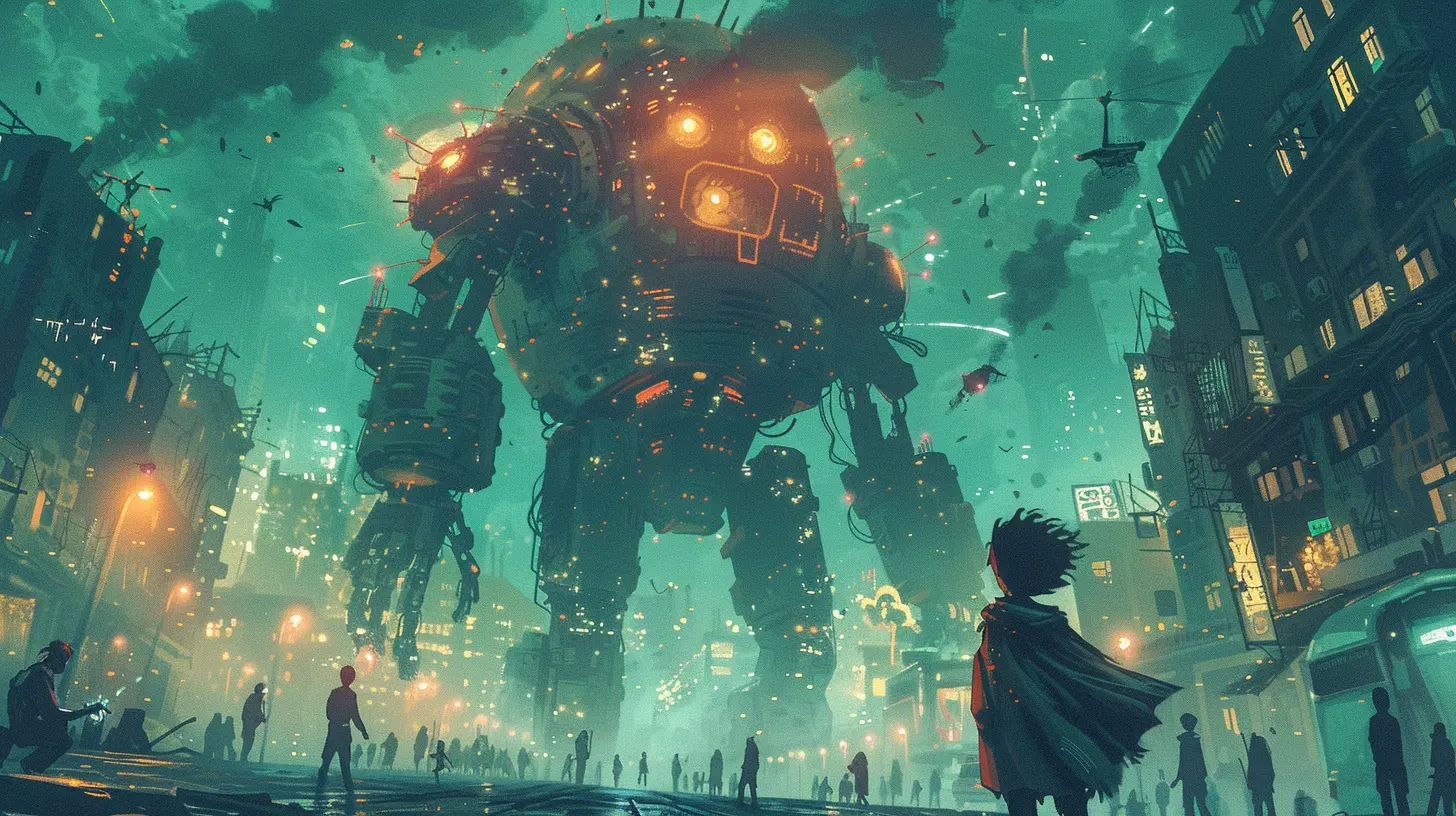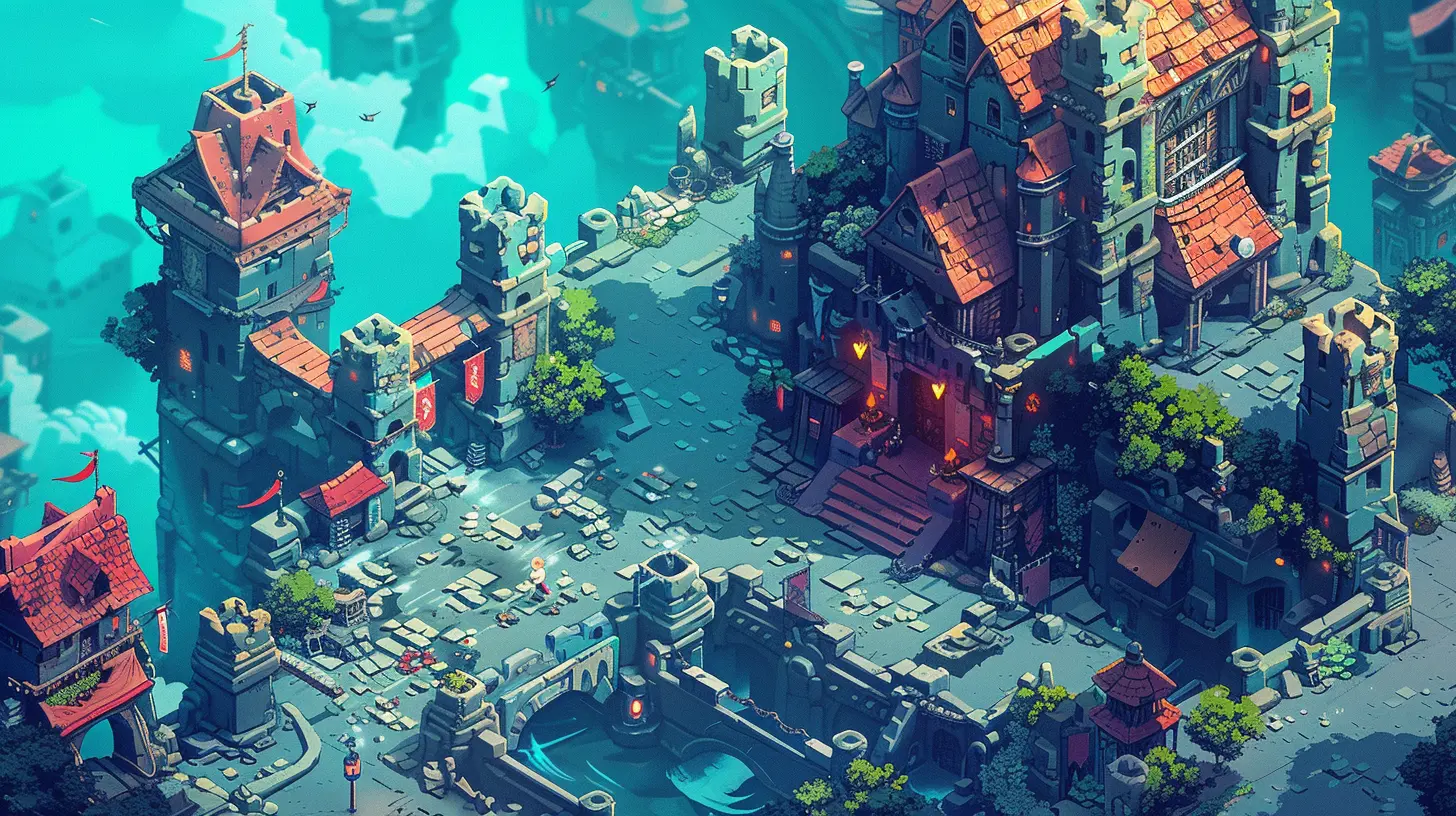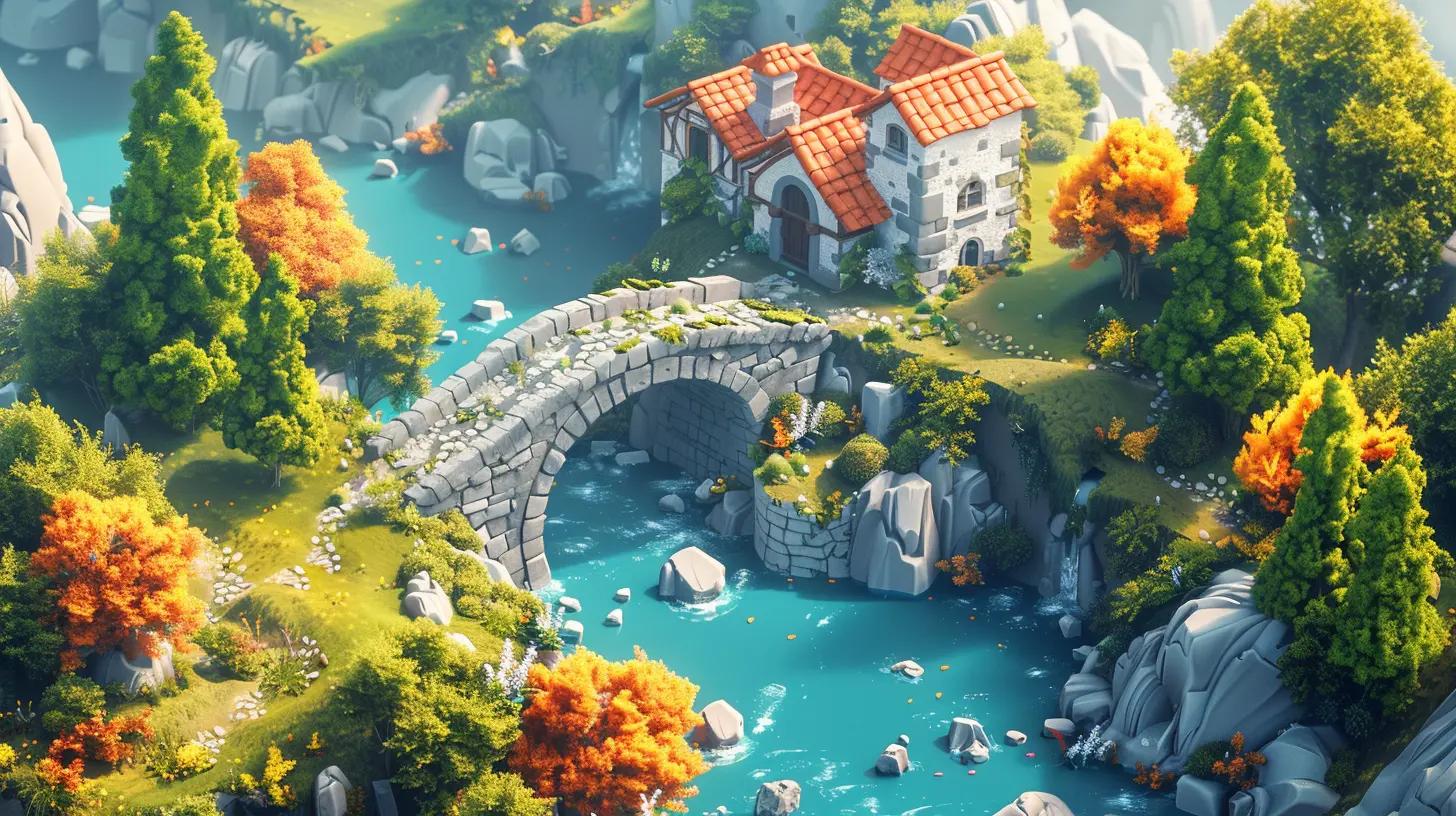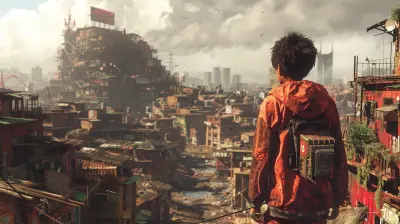How Crowdfunding Has Changed the Indie Game Development Landscape
22 July 2025
Let’s be real—making video games isn’t cheap. We all love a good pixelated platformer or a deep story-driven RPG from an indie studio, but behind every magical moment lies a mountain of hard work, passion, and, yep, serious funding.
Back in the day, if you wanted to make a game, especially as a small team or solo dev, you had two options: self-fund it (a.k.a. ramen noodles for dinner for a few years) or pray that a publisher liked your pitch. Then came crowdfunding, and everything changed. Platforms like Kickstarter and Indiegogo busted open the doors for indie creators, giving them a direct line to fans without middlemen or big publishers breathing down their necks.
In this article, we’re diving deep into how crowdfunding has totally flipped the script for indie game development. We've seen some amazing successes, oddball projects that turned into cult classics, and a few bumps along the way. So grab a controller (or your favorite snack) and let’s press start on this journey.
The Pre-Crowdfunding Struggle: A David vs Goliath Story
Imagine being an indie game developer 15 years ago. You have a killer idea. It’s fresh, fun, and super quirky—something that’s probably too “out there” for most publishers. You pitch it anyway. And you get... crickets. Or worse, a polite rejection letter.Without big financial backing, small devs had almost no way to bring their games to life. Funding came from personal savings, small business loans, or the classic “friends and family” route. It was a high-risk move, and unless you had a side hustle or a whole lot of patience, getting your game off the ground felt like pushing a boulder uphill.
Web 2.0 Enters the Chat: The Birth of Crowdfunding Platforms
Around 2009-2012, platforms like Kickstarter, Indiegogo, and later Fig and Gamefound, started making waves. Originally meant for creative projects of all shapes and sizes—films, books, art installations—crowdfunding quickly found a sweet spot in the gaming world.Why? Because gamers are passionate. They WANT to support creative ideas. They WANT to be part of the journey. Especially when it means helping the little guys take on the giants of the industry.
Suddenly, developers had a new weapon in their arsenal: community funding.
Crowdfunding: The Indie Game Dev Equalizer
Think of crowdfunding as the ultimate cheat code for indie developers. It takes the power traditionally held by publishers and hands it over to the players. Here's how it's made a difference:1. Creative Freedom Like Never Before
When you’re funded by your audience, not a suit in a conference room, you get to stay true to your vision. Want to make a horror farming sim? Go for it. A cooking game with cats in space? Why not! Crowdfunding lets devs pursue wild, offbeat, and ultra-niche concepts that probably wouldn’t survive a pitch meeting at a triple-A studio.2. Early Community Building
Crowdfunding isn’t just about the money—it’s also about the tribe. From day one, you’ve got a group of backers who are emotionally invested in your game. They give feedback, share your updates, and act as ambassadors who help spread the word.This early engagement can be critical, especially for devs trying to build buzz and a loyal fanbase before the game even hits Steam.
3. A Glimpse Into Market Viability
Let’s say your game raises $100,000 on Kickstarter. That’s not only money in the bank—it’s proof that people are interested. Publishers and investors often take note of successful campaigns. Some even come knocking post-Kickstarter, offering to help with marketing or distribution. It becomes a win-win.
Notable Crowdfunding Wins That Lit Up the Indie Scene
We can’t talk about crowdfunding without name-dropping some of the games that totally nailed it.🎮 Shovel Knight
This retro-inspired platformer by Yacht Club Games raised over $300,000 on Kickstarter. The campaign was slick, the pitch was clear, and the love for old-school gaming was obvious. It became a breakout hit—raving reviews, strong sales, and endless cosplay.🎮 Hollow Knight
Team Cherry’s dark, Metroidvania-style masterpiece started as a modest campaign and blossomed into one of the most beloved indie games of the decade. Its haunting art style, fluid combat, and expansive world proved that even small teams could deliver big experiences.🎮 Undertale
Okay, technically, Toby Fox’s cult classic Undertale wasn’t a massive Kickstarter campaign, but it’s still a crowdfunding success. The quirky RPG with its unforgettable characters and innovative mechanics was funded by fans who believed in a different kind of storytelling.The Flip Side: Risks and Realities of Crowdfunding
Let’s not sugarcoat it—crowdfunding isn’t all rainbows and unicorns. For every success story, there are a few cautionary tales.1. Overpromising and Under-delivering
Campaigns can get carried away with stretch goals and bold promises. Next thing you know, the timeline slips, features are cut, and backers feel burned. Some games take years longer than planned (if they release at all), leaving supporters frustrated.2. Pressure from Public Expectations
With great funding comes great responsibility. Developers suddenly find themselves managing an entire community, providing constant updates, and trying to keep everyone happy—all while building the actual game. It's like juggling fire while riding a unicycle on a tightrope.3. The Middle Ground Can be Messy
Some games don’t flop, but they also don’t soar. They come out, get decent reviews, and fade quietly. It’s not a disaster, but it’s not the dream either. This “gray area” can feel like a limbo for devs who put everything into their game.Crowdfunding Beyond Money: Building Trust and Transparency
One of the coolest things about crowdfunding is how it's reshaped the relationship between devs and players. It’s no longer just “here’s our game—buy it.” It’s a dialogue. A partnership.Backers watch games grow from concept art to code. Developers share behind-the-scenes peeks, dev blogs, and maybe even blooper reels. There’s a sense of shared ownership that makes every update personal.
The most successful campaigns are the ones that stay transparent—admitting delays, showing progress, and being honest about setbacks. That kind of trust goes a long way.
The Rise of Hybrid Models: Mixing Crowdfunding with Traditional Funding
Here’s something interesting that’s started happening: some studios now use crowdfunding to prove their concept and gain momentum, then partner with a publisher or investor for the final push.It’s kind of like starting a band in your garage, gaining a local following, then getting signed to a record label. You've still got your creative core—but now with more firepower.
This hybrid model offers the best of both worlds: grassroots support with added resources to polish and ship the game.
New Directions: Subscription Crowdfunding and Community Equity
Crowdfunding itself is evolving. Platforms like Patreon give devs monthly support from fans instead of one-time lump sums. It’s great for ongoing projects or episodic games.Then there’s equity crowdfunding. Yep, fans can now invest in games and potentially earn a return if the title takes off. It’s still early days, and not without its legal complexities, but it’s another way players can back devs in deeper, more meaningful ways.
What This Means for Gamers
So, how does all this impact you, the player?Well, for starters, it means more variety. Crowdfunding has flooded the market with fresh ideas and bold indie experiences. You’re no longer stuck between AAA shooters and cookie-cutter mobile games—you’ve got options.
It also means you can be part of the story. You can back a game because you believe in it, help shape its features, and feel the thrill of watching it come together.
Sure, there’s risk involved. But when it works? It’s magic.
Final Thoughts: A Community-Driven Future
Crowdfunding didn’t just give indie developers money—it gave them a voice. It leveled the playing field in a way no one saw coming. It brought fans and creators closer together. And it proved that with enough passion (and yes, a good pitch), anyone with a dream could make something incredible.The road isn’t always smooth, and not every campaign leads to glory. But at its heart, crowdfunding is about belief. Belief in ideas. Belief in people. Belief in what games can be.
So next time you see a quirky little game with a bold vision and a crowdfunding page? Maybe think twice before scrolling past. That might just be the next big thing.
all images in this post were generated using AI tools
Category:
CrowdfundingAuthor:

Lana Johnson
Discussion
rate this article
1 comments
Julia McMeekin
Crowdfunding has revolutionized indie game development by empowering creators to secure funding directly from their audience. This shift has fostered innovation, allowing diverse ideas to flourish while connecting developers with passionate gamers who support their vision. Exciting times ahead!
August 1, 2025 at 4:30 AM

Lana Johnson
Thank you for your insightful comment! I completely agree—crowdfunding has indeed transformed indie game development, enabling unique ideas to thrive and fostering a stronger connection between creators and gamers. Exciting times indeed!


